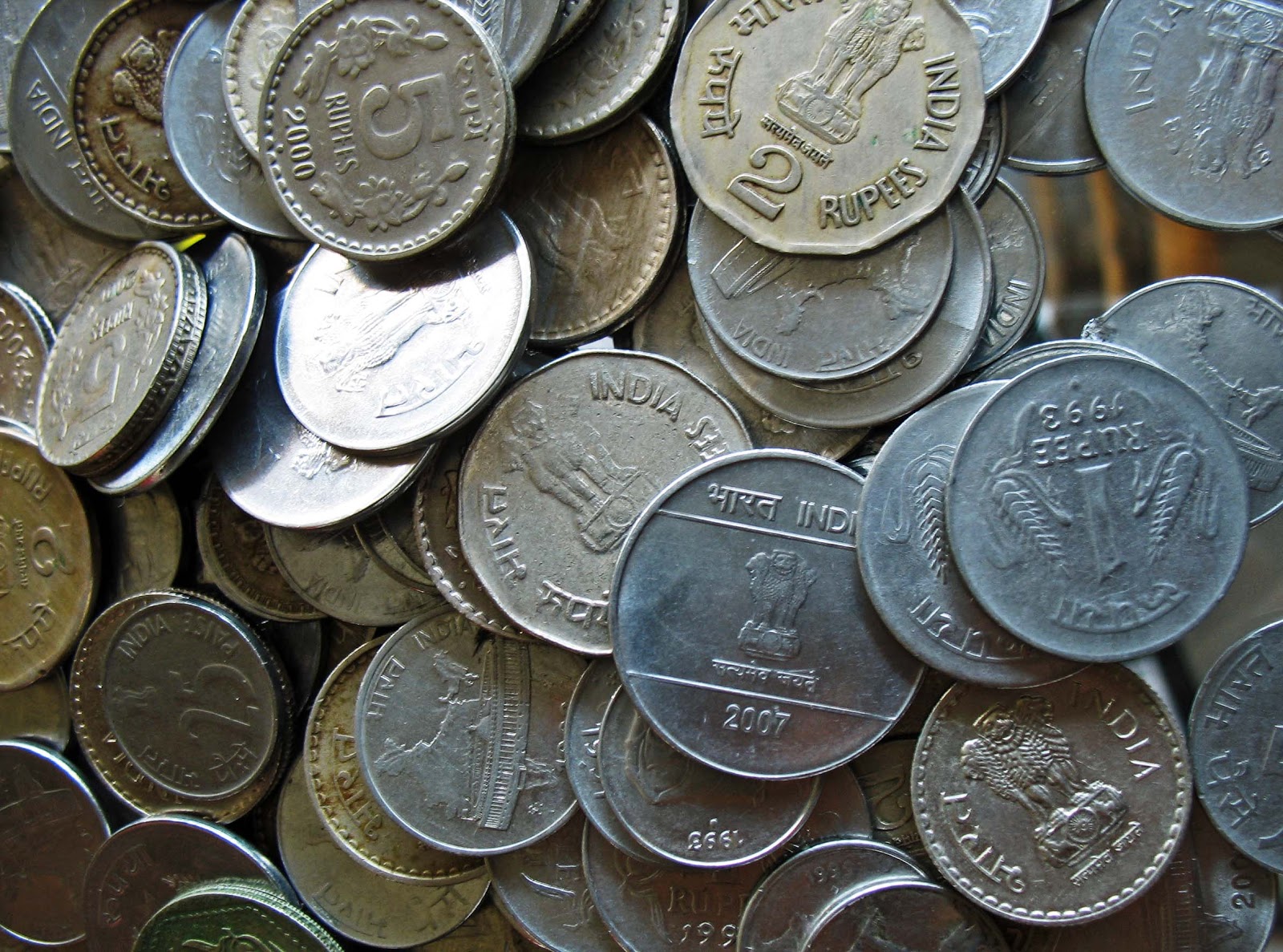
:max_bytes(150000):strip_icc()/INRNotes-5c829d8146e0fb00013364ac.jpg)
The World Bank measures global poverty using an international poverty line set at $1.90 a day.

These purchasing power parities exchange rate are applied to many types of data in the WDI and elsewhere, and we illustrate their importance below: Are all people living under $1.90 a day considered extremely poor? This effort helps consumers, policy makers, and analysts, learn the relative purchasing power of various currencies in various countries. The International Comparison Program (ICP) estimates PPPs based on a massive price collection exercise, involving a huge "basket" of many comparable goods and services collected in over 175 economies.

Therefore, PPPs can be used to convert the cost of a basket of goods and services into a common currency called "international dollars". PPPs are calculated by collecting and analyzing data on the prices of the same goods and services across many economies, and measure what the price of one good in one country is relative to another. Put simply, PPPs help measure the total amount of goods and services that a single unit of a country's currency can buy in another country. Instead, we use purchasing power parity (PPP) exchange rates, which adjust for the different costs of buying a similar basket of goods and services in each country. Due to price differences across countries, comparing incomes using market currency exchange can give us an inaccurate picture. To compare living standards, we want to know how much an income can buy in terms of goods and services locally. When comparing incomes across the world we often want to adjust for such price differences.

This is known as the Penn effect, and is why it often is cheaper to buy things in a relatively poorer country than a relatively richer one. Typically, prices are lower in poorer countries and higher in richer ones. For example, travelers often find that the price of a product abroad can be very different from the same product back home, when using market currency exchange rate to make comparisons. Prices of goods and services differ across countries.


 0 kommentar(er)
0 kommentar(er)
